Ten things you'd never think were named after people
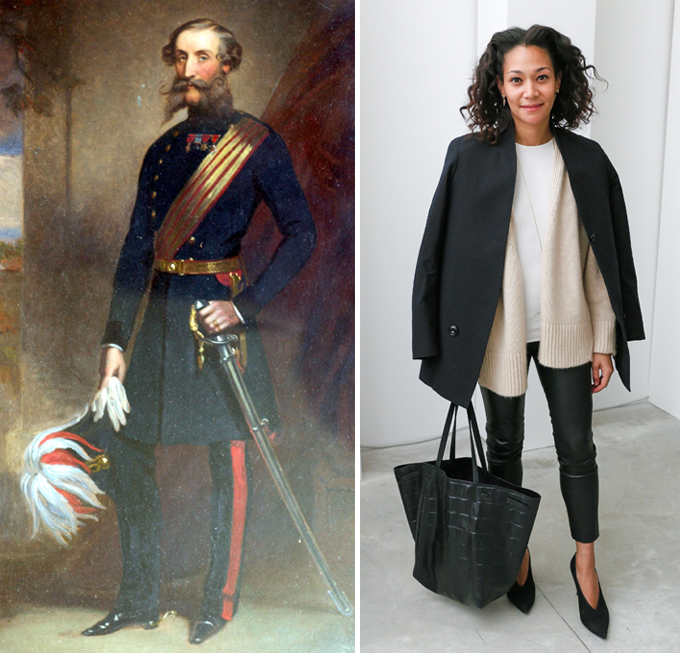
Lieutenant General James Thomas Brudenell, 7th Earl of Cardigan KCB (16 October 1797 – 28 March 1868) was an officer in the British Army who commanded the Light Brigade during the Crimean War. The cardigan was named after James Brudenell, 7th Earl of Cardigan, a British Army Major General who led the Charge of the Light Brigade at the Battle of Balaclava during the Crimean War. It is modelled after the knitted wool waistcoat that British officers supposedly wore during the war.
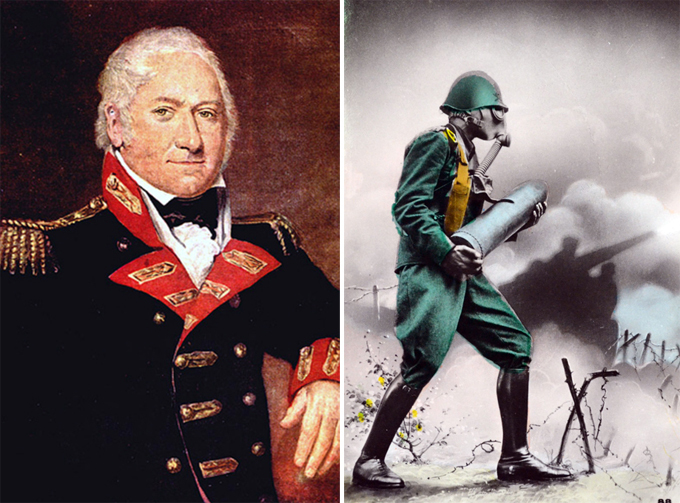
Lieutenant General Henry Shrapnel (3 June 1761 - 13 March 1842) was a British Army officer whose name has entered the English language as the inventor of the shrapnel shell.
Lieutenant General Henry Shrapnel (3 June 1761 - 13 March 1842) was a British Army officer whose name has entered the English language as the inventor of the shrapnel shell.
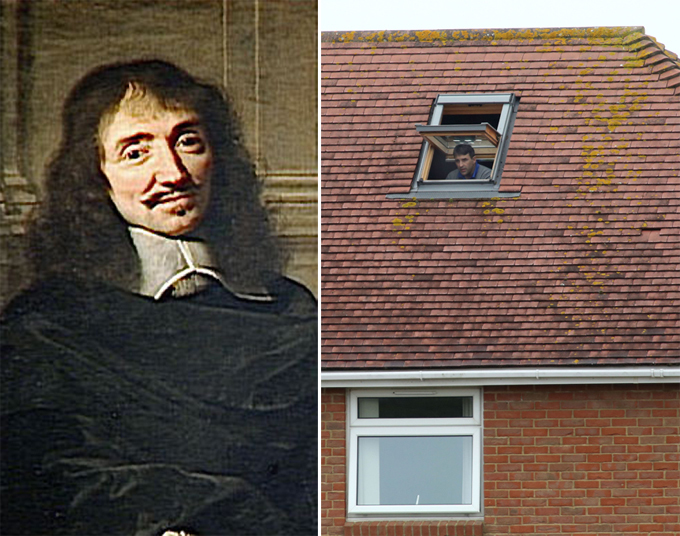
François Mansart was a French architect credited with introducing classicism into Baroque architecture of France. The Encyclopædia Britannica cites him as the most accomplished of 17th-century French architects whose works "are renowned for their high degree of refinement, subtlety, and elegance". Mansart, as he is generally known, made extensive use of a four-sided, double slope gambrel roof punctuated with windows on the steeper lower slope, creating additional habitable space in the garrets that ultimately became named after him-the mansard roof
François Mansart was a French architect credited with introducing classicism into Baroque architecture of France. The Encyclopædia Britannica cites him as the most accomplished of 17th-century French architects whose works "are renowned for their high degree of refinement, subtlety, and elegance". Mansart, as he is generally known, made extensive use of a four-sided, double slope gambrel roof punctuated with windows on the steeper lower slope, creating additional habitable space in the garrets that ultimately became named after him-the mansard roof
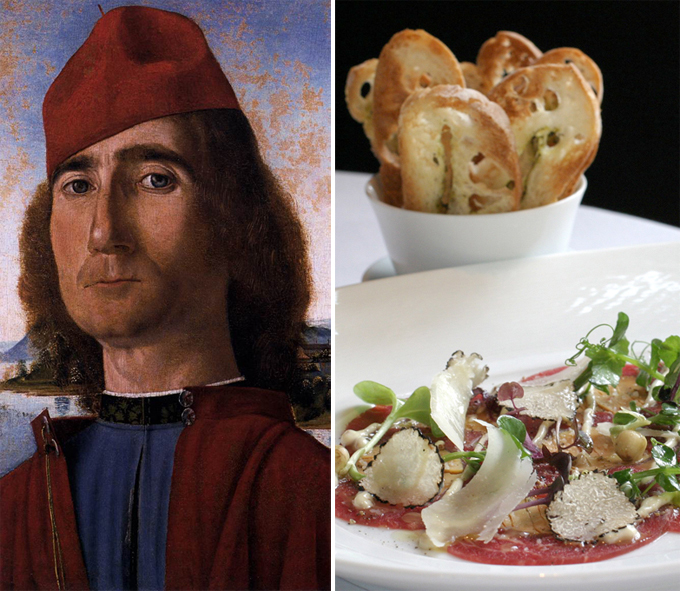
Vittore Carpaccio was a Venetian painter of the Venetian school, who studied under Gentile Bellini. He is best known for a cycle of nine paintings, The Legend of Saint Ursula. Carpaccio is a dish of raw meat or fish (such as beef, veal, venison, salmon or tuna), thinly sliced or pounded thin and served mainly as an appetizer. It was invented and popularised by Giuseppe Cipriani from Harry's Bar in Venice during the second half of the twentieth century. It was named after Venetian painter Vittore Carpaccio
Vittore Carpaccio was a Venetian painter of the Venetian school, who studied under Gentile Bellini. He is best known for a cycle of nine paintings, The Legend of Saint Ursula. Carpaccio is a dish of raw meat or fish (such as beef, veal, venison, salmon or tuna), thinly sliced or pounded thin and served mainly as an appetizer. It was invented and popularised by Giuseppe Cipriani from Harry's Bar in Venice during the second half of the twentieth century. It was named after Venetian painter Vittore Carpaccio
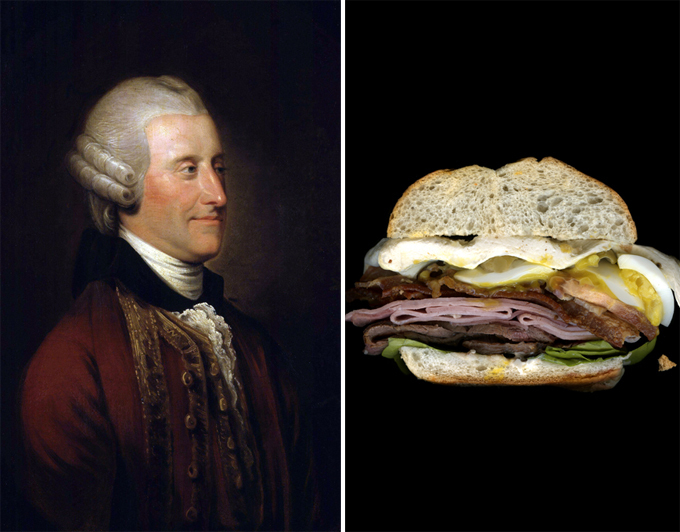
John Montagu, 4th Earl of Sandwich was a British statesman who succeeded his grandfather Edward Montagu, 3rd Earl of Sandwich as the Earl of Sandwich in 1729, at the age of ten. During his life, he held various military and political offices, including Postmaster General, First Lord of the Admiralty, and Secretary of State for the Northern Department, but is perhaps best known for the claim that he was the eponymous inventor of the sandwich
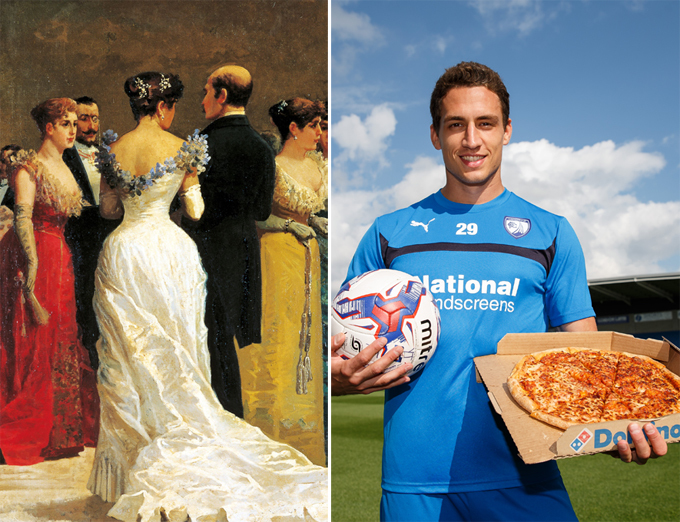
Princess Margherita of Savoy (Margherita Maria Teresa Giovanna; 20 November 1851 - 4 January 1926), was the Queen consort of the Kingdom of Italy by marriage to Umberto I. According to legend, in 1889, the Margherita pizza, whose red tomatoes, green basil, and white cheese represent the Italian flag, was named after her
Princess Margherita of Savoy (Margherita Maria Teresa Giovanna; 20 November 1851 - 4 January 1926), was the Queen consort of the Kingdom of Italy by marriage to Umberto I. According to legend, in 1889, the Margherita pizza, whose red tomatoes, green basil, and white cheese represent the Italian flag, was named after her
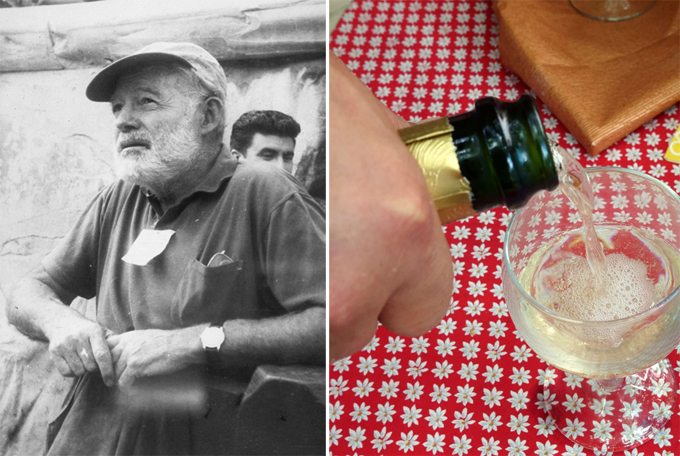
Death in the Afternoon, also called the Hemingway or the Hemingway Champagne, is a cocktail made up of absinthe and Champagne invented by Ernest Hemingway. The cocktail shares a name with Hemingway's book Death in the Afternoon, and the recipe published in So Red the Nose, or Breath in the Afternoon, 1935 cocktail book with contributions from famous authors. Hemingway's original instructions were: "Pour one jigger absinthe into a Champagne glass. Add iced Champagne until it attains the proper opalescent milkiness. Drink three to five of these slowly.
Death in the Afternoon, also called the Hemingway or the Hemingway Champagne, is a cocktail made up of absinthe and Champagne invented by Ernest Hemingway. The cocktail shares a name with Hemingway's book Death in the Afternoon, and the recipe published in So Red the Nose, or Breath in the Afternoon, 1935 cocktail book with contributions from famous authors. Hemingway's original instructions were: "Pour one jigger absinthe into a Champagne glass. Add iced Champagne until it attains the proper opalescent milkiness. Drink three to five of these slowly.
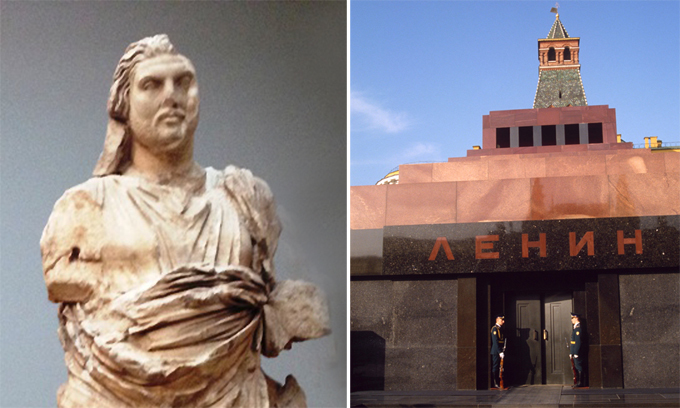
A mausoleum is an external free-standing building constructed as a monument enclosing the interment space or burial chamber of a deceased person or people. The word derives from the Mausoleum at Halicarnassus (near modern-day Bodrum in Turkey), the grave of King Mausolus, the Persian satrap of Caria, whose large tomb was one of the Seven Wonders of the Ancient World.
A mausoleum is an external free-standing building constructed as a monument enclosing the interment space or burial chamber of a deceased person or people. The word derives from the Mausoleum at Halicarnassus (near modern-day Bodrum in Turkey), the grave of King Mausolus, the Persian satrap of Caria, whose large tomb was one of the Seven Wonders of the Ancient World.
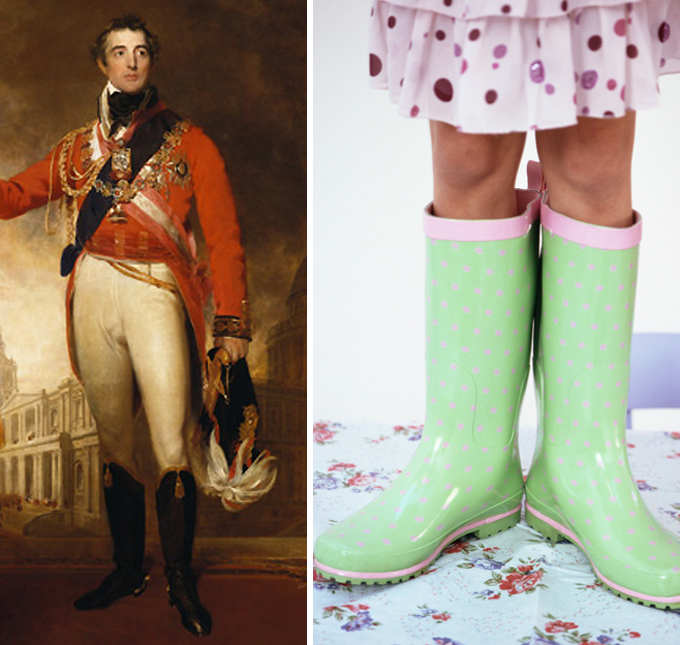
The Wellington boot is a type of boot based upon leather Hessian boots. They were worn and popularised by Arthur Wellesley, 1st Duke of Wellington. This novel "Wellington" boot became a staple of hunting and outdoor wear for the British aristocracy in the early 19th century. They are common in contemporary society, and no longer associated with a particular social class.
The Wellington boot is a type of boot based upon leather Hessian boots. They were worn and popularised by Arthur Wellesley, 1st Duke of Wellington. This novel "Wellington" boot became a staple of hunting and outdoor wear for the British aristocracy in the early 19th century. They are common in contemporary society, and no longer associated with a particular social class.
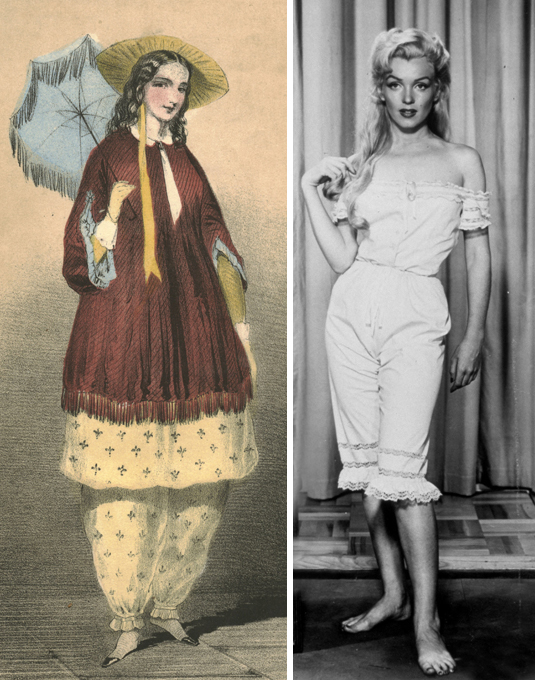
Amelia Jenks Bloomer (May 27, 1818 – December 30, 1894) was an American women's rights and temperance advocate. Even though she did not create the women's clothing reform style known as bloomers, her name became associated with it because of her early and strong advocacy.



